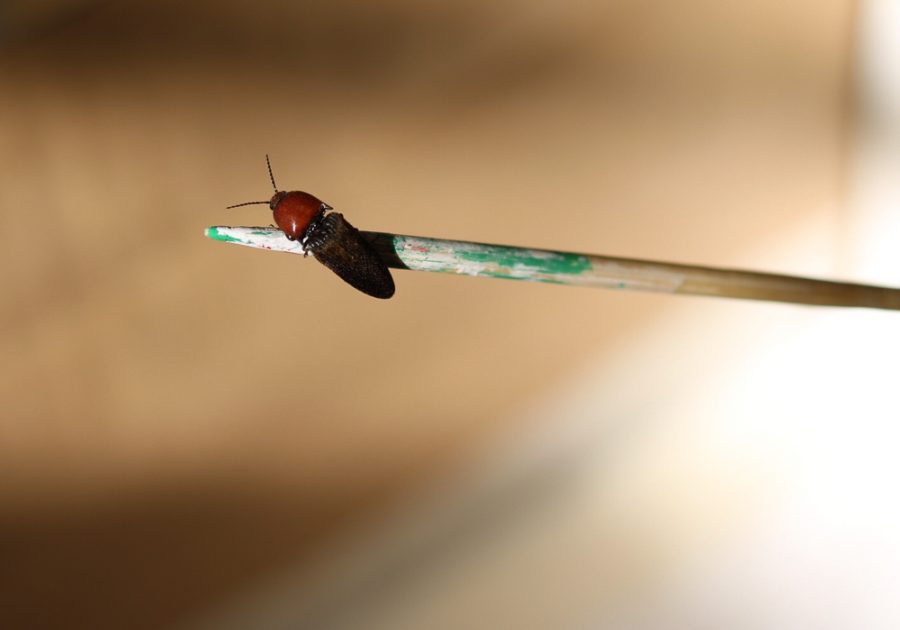Beetles make way for robotic self-correction advancements
October 21, 2017
Found locally in wooded areas, parks and forests, a common species of insect is being collected and researched for its physical and behavioral properties.
Marianne Alleyne, research scientist in the Department of Entomology, became interested in the click beetle’s self-correcting biology. Self-correction is an act by which the click beetle uses a mechanism in its skeletal structure to release a quick burst of stored energy. This allows it to flip onto its correct side if flipped over and unable to fix its position with its legs.
“I have to say, my gut feeling is that these (bugs) do not always use the mechanism to get away from predators. It’s not a very good way to get away because they jump and land in the same spot,” Alleyne said. “I just think it’s a mechanism to right yourself.”
Alleyne said she hopes to learn more about the evolution of insects and their biology through this research.
Ophelia Bolmin, graduate student in mechanical engineering, is the lead graduate student on click beetle robotics research. Bolmin and engineering professor Aimy Wissa are interested in using the research to help revolutionize robotics.
Get The Daily Illini in your inbox!
“I came to Illinois and was interested in bio-inspired robots. I then met Dr. Alleyne and began researching the beetles,” Bolmin said.
Bolmin, who is interested in both biological life and robotics, began by collecting specimens in the local areas to begin research. She has used the click beetles to study their biological motions in self-correction to apply this to future robotics.
“When the beetles are on their backs, they produce a jump which allows them to … flip onto their fronts. Alleyne and I both wanted to understand the principles behind the beetle’s movement,” she said. “But I wanted to understand it for different reasons, which included the chance to then apply it to robotics so that if they fall, they can then self-correct as the click beetle does.”
Bolmin and Wissa began to analyze the correlation between the bugs’ sizes and their differences in jumps, and the mechanics behind the structures of the bugs that allow them to carry out this procedure of self-correction.
Research is still in progress with the specimens and has yet to advance toward building robot prototypes.
“First we have to integrate all the results of research that is still being done before we apply it to building any robots. Hopefully we will be underway and more advanced on robotic production in a few semesters,” Wissa said.
Bolmin traveled to Stanford University this past summer to present her research thus far on click beetles. Bolmin discussed among other engineering professionals the impact these beetles can have if applied to robotics.
“Space exploration is a prominent use for the technology where humans cannot fix robots if they are to fall or tip over, which is very common,” Wissa said.
Advancements are being made from this robotic research, and the biological succession of click beetles is becoming more clearly understood.
“Hopefully, with time, we can take the results of our research and soon apply it towards building prototypes and mechanisms for robot’s use,” Wissa said.







